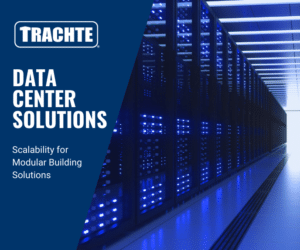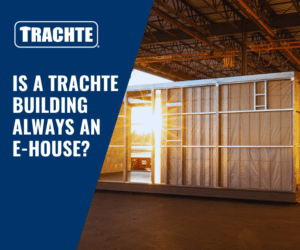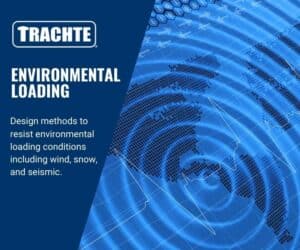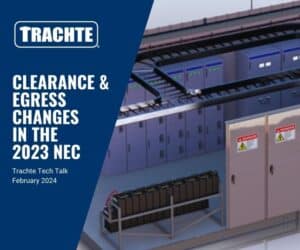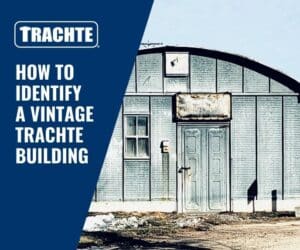As data center infrastructure transitions towards virtualized networks and cloud-based environments, modular building solutions offer a streamlined, secure, and scalable approach. These prefabricated systems are designed to meet the growing demands of the industry with optimized efficiency. Modular data centers provide a distinct advantage over traditional construction methods by enabling rapid deployment and minimizing on-site…
Read MoreGenerically speaking, we make an e-house (Electrical House), yet we use terms like enclosures, rooms, and control buildings interchangeably. There are also several three letter acronyms to describe what we do: And tons more. As a general rule of thumb, the term control building or control house often implies low voltage and typically a relay,…
Read MoreAll Trachte buildings are designed to resist the environmental loads as required by the building code for the specific site location of the building. Specifically, wind loads, seismic loads, and snow loads. The light gauge channel frame structure of our buildings gives us many options for economically resisting the most extreme environmental loading conditions. Both…
Read MoreConcerns: Revised National Electrical Code (NEC) egress clearance requirements can exceed working space requirements, potentially causing e-houses to increase in size during the design phase to meet the egress code language. Engineers and end users are continually requesting e-houses with more equipment integrated inside, and “Mega” e-house applications are on the rise. Trachte Application Engineers…
Read MoreDid you know that Trachte buildings were first produced in Madison, Wisconsin over 100 years ago? In 1919, Trachte started manufacturing steel buildings for use as garages, gas stations, restaurants, and even airplane hangars. Many of the original barrel-roof designs can still be spotted around the Madison area. We’re often asked, “How do you know…
Read More
